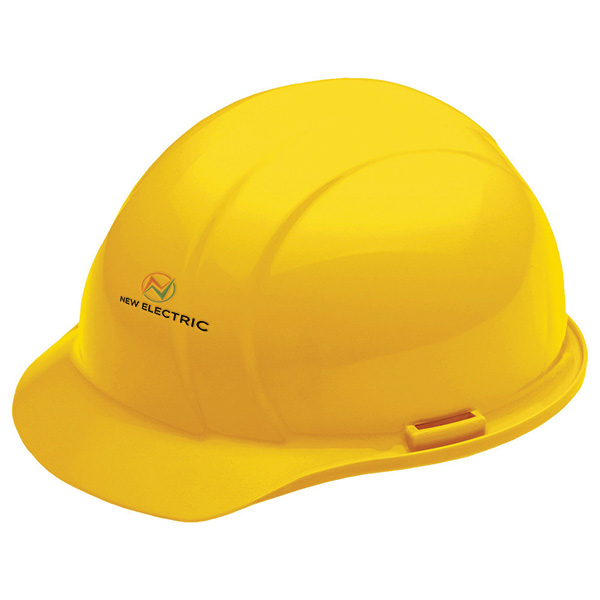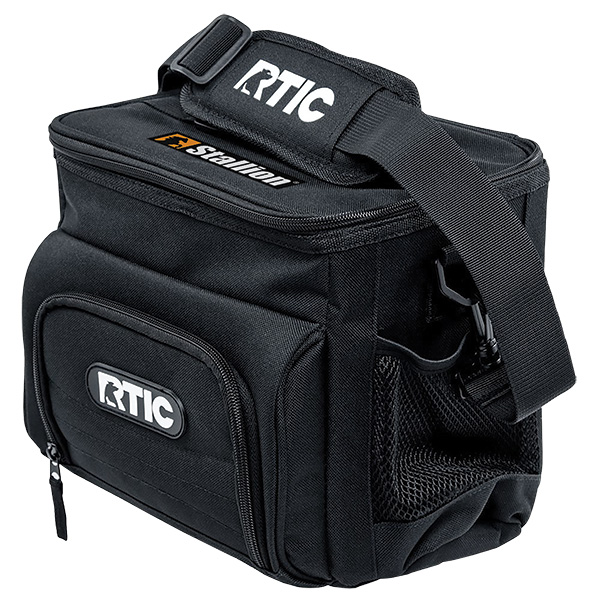Manufacturing, distribution and construction have remained strong markets during the coronavirus pandemic, depending on which sectors you target.
While production of fabricated metals, petroleum, coal, plastics and rubber products has dropped over the past few months, other areas are ramping up, including food and beverage manufacturing and distribution. Widespread restaurant closures have forced Americans to flock to grocery stores and supermarkets to prepare meals in their homes, causing shelves to need constant restocking. Even when social distancing guidelines are relaxed, many people won’t be able to afford to go out to eat due to the economic downturn. Deborah Lanigan, owner of Tampa, FL-based Proforma Mega Marketing Solutions (asi/300094), has clients in food and beverage who said “this was their best April ever” due to the large quantities of grocery food products purchased that month.
Manufacturing
Total Market Promo Sales (Billions)
Projected Year-Over-Year Decline
10.8%
Percentage of Overall Promo Industry Sales
Construction has stayed relatively healthy in states that have deemed it an essential service, such as New York and California. On another level, home improvement and landscaping have exploded in popularity with people having a lot more downtime for DIY projects. Lowe’s reported a sales increase across nearly every store category as customers stock up on cleaning supplies and tools for working on their homes. Saskatchewan-based Spotlight Sport & Corporate Wear Ltd. (asi/332753), Counselor’s 2019 fastest-growing Canadian company, works with various construction clients, including small home builders. “We’ve seen a slight dip in the market, but we expect a full rebound in the fall,” says Mike Yager, president of Spotlight Sport.
Overall U.S. manufacturing activity has slowed since February, with production mostly coming to a stop and factories slashing their workforces. In March, new manufacturing orders hit their lowest level in 11 years, according to the Institute for Supply Management. The decrease in domestic manufacturing came on the heels of China’s manufacturing suffering historic declines, as the government extended the Lunar New Year and imposed travel restrictions to contain the COVID-19 outbreak.
Despite turbulence in the market, distributors remain cautiously optimistic. Manufacturing and distribution increased to 8% of total promotional products industry sales in 2019, according to Counselor State of the Industry data. And while ASI research predicts a nearly 11% decline in 2020, that drop looks far better than the losses seen in other industries such as hospitality (39% decrease) and trade shows (56%).
Because of that, the third largest market for promo products in the previous two years should still be able to provide consistent business via uniforms and apparel, protective gear, drinkware, incentives and safety awards.
However, a new product category is on the rise: personal protective equipment (PPE). Several suppliers have shifted production capabilities to meet the demand, and many distributors have pivoted to selling PPE to sustain revenue and service the ever-evolving needs of their clients. “PPE is huge for manufacturing,” says Stephanie Wurster, sales manager at East Dundee, IL-based Discount Printed Promos (asi/181106). “Factories that are still operating need masks, bandannas and any kind of face shield for their workers to follow CDC guidelines. We’ve been trying to get creative with ways to brand those items.”
Although PPE is all the rage, safety awards still account for most of Spotlight Sport’s sales, Yager says. “Construction companies like to thank and reward their workers, and they’ll spend as much as $200 per person,” he says. “When I try to land a new client, I start by building a relationship with the human resources department because they typically deal with safety awards. You have to be knowledgeable about their company and treat them well, but once you prove yourself, you become an expert to them and earn great repeat business.”
Those safety awards can include a variety of products, such as branded jackets and headwear or even coolers and grills. Whatever items you present to manufacturing clients, just make sure they’re name brand. “A lot of our vendors have come out with really great, quality items comparable to Yeti and RTIC, but clients don’t even give it a shot unless they’re name brand,” Wurster says. Some suppliers push for those well-known retail brands, too, offering co-branding opportunities. For example, a cooler may have the RTIC logo on one side, and the option for the client’s logo on another. In some instances, retail brands will only allow another logo imprinted on the packaging rather than the product. “Co-branding is a hot trend in the manufacturing space,” Wurster says.
Construction
Total Market Promo Sales (Billions)
Projected Year-Over-Year Decline
4%
Percentage of Overall Promo Industry Sales
Distributors agree that manufacturing can be difficult to break into. Clients are always looking for the best value, lowest price and quickest turnaround. They also desire centralized purchasing, says Lanigan. “They love having one vendor, making ordering as simple as possible,” she says. Lanigan touts the advantage of being a one-stop shop; she even throws in artwork free of charge if it’s a large enough client.
“A lot of large companies are not as organized as they seem,” Lanigan says. “One of my food manufacturers has 15 brands – that’s 15 brand managers buying promotional products. Instead of going to a bunch of different distributors for all their needs, they use our e-commerce platform to easily transfer information, avoid confusion and look up what specifically they bought last time.”
Even though business is strong right now, Lanigan refuses to rest on her laurels. With her expertise and capabilities, as well as her proven track record, she’s hoping to gain even more food manufacturing clients. After all, prospecting is vital during a recession.
“To win these kinds of clients, you have to think long-term,” Lanigan says. “You need to have the capabilities to handle whatever may come up. Even if I don’t, I tell them I do and figure it out after. That’s how you grow. If I break even or lose money on the first go-around, it’s OK because at least I won the client.”


